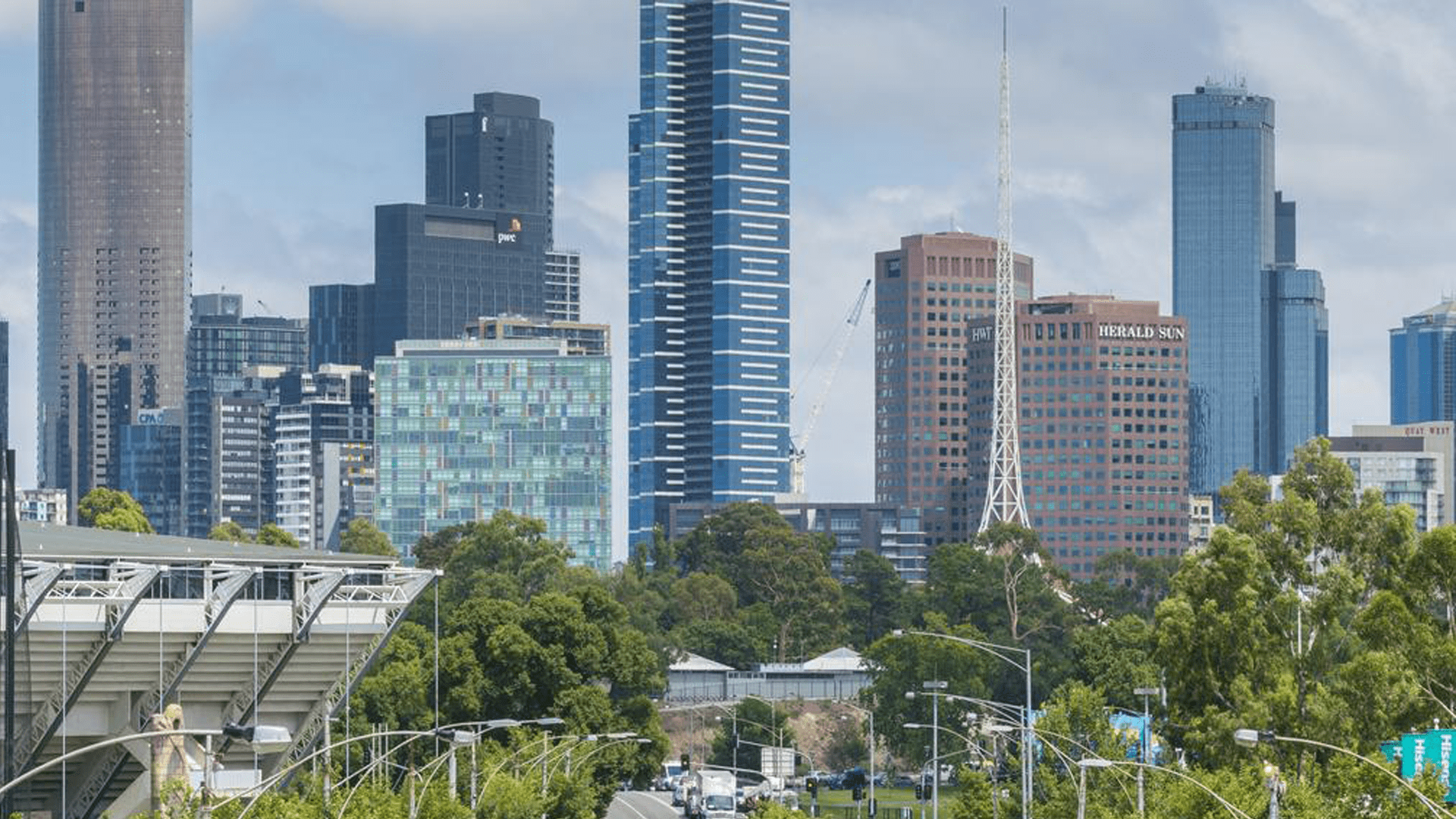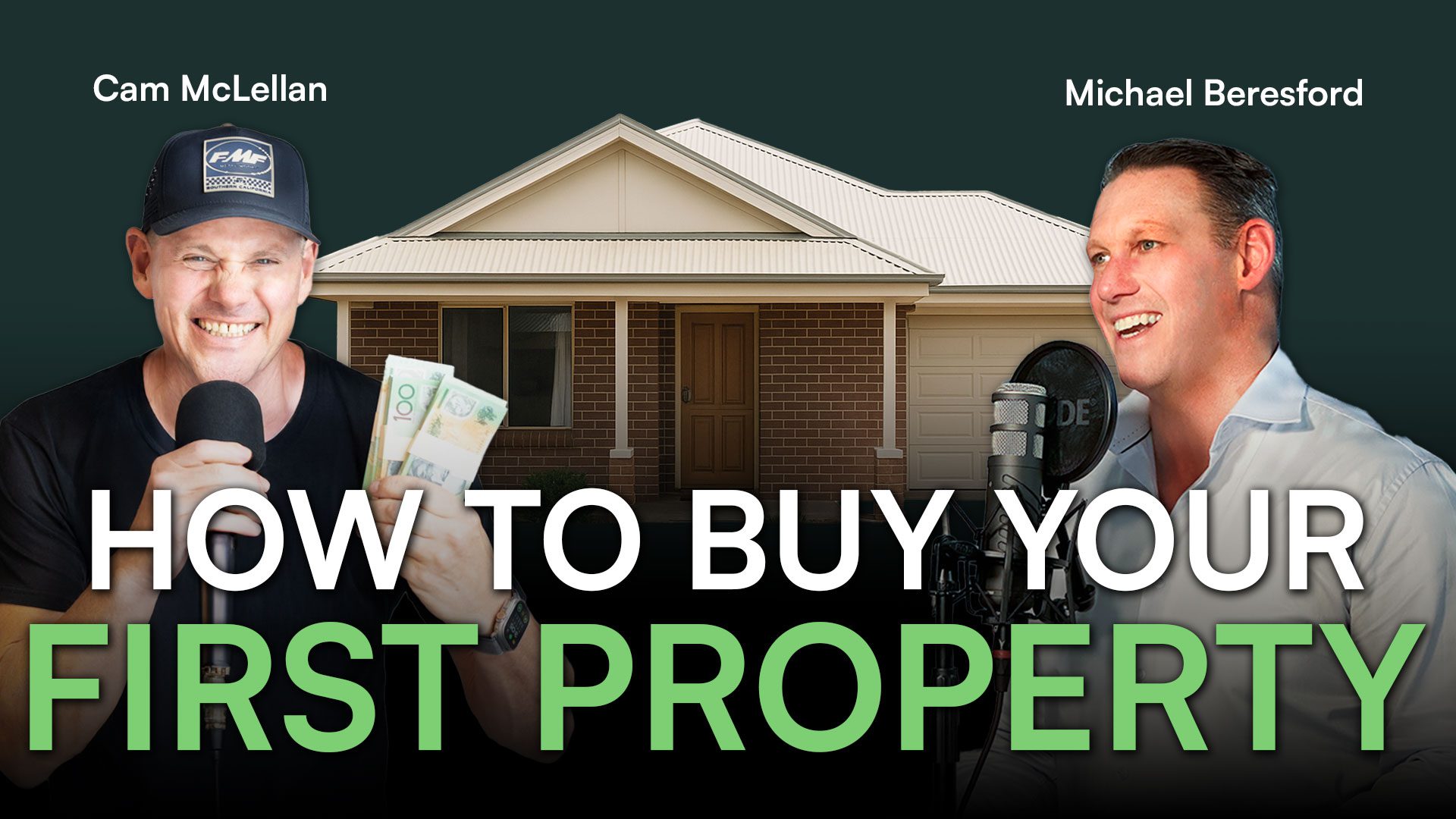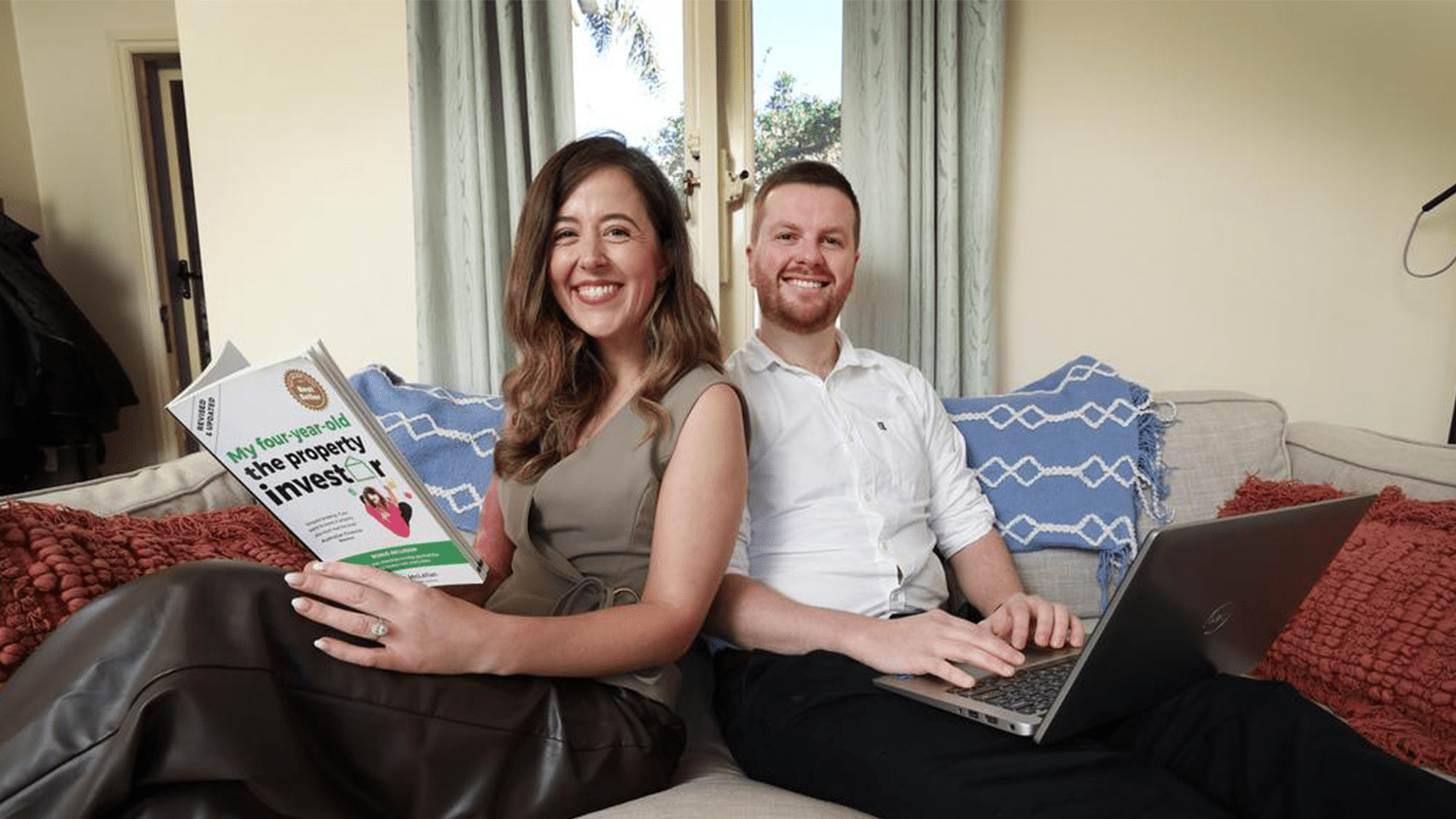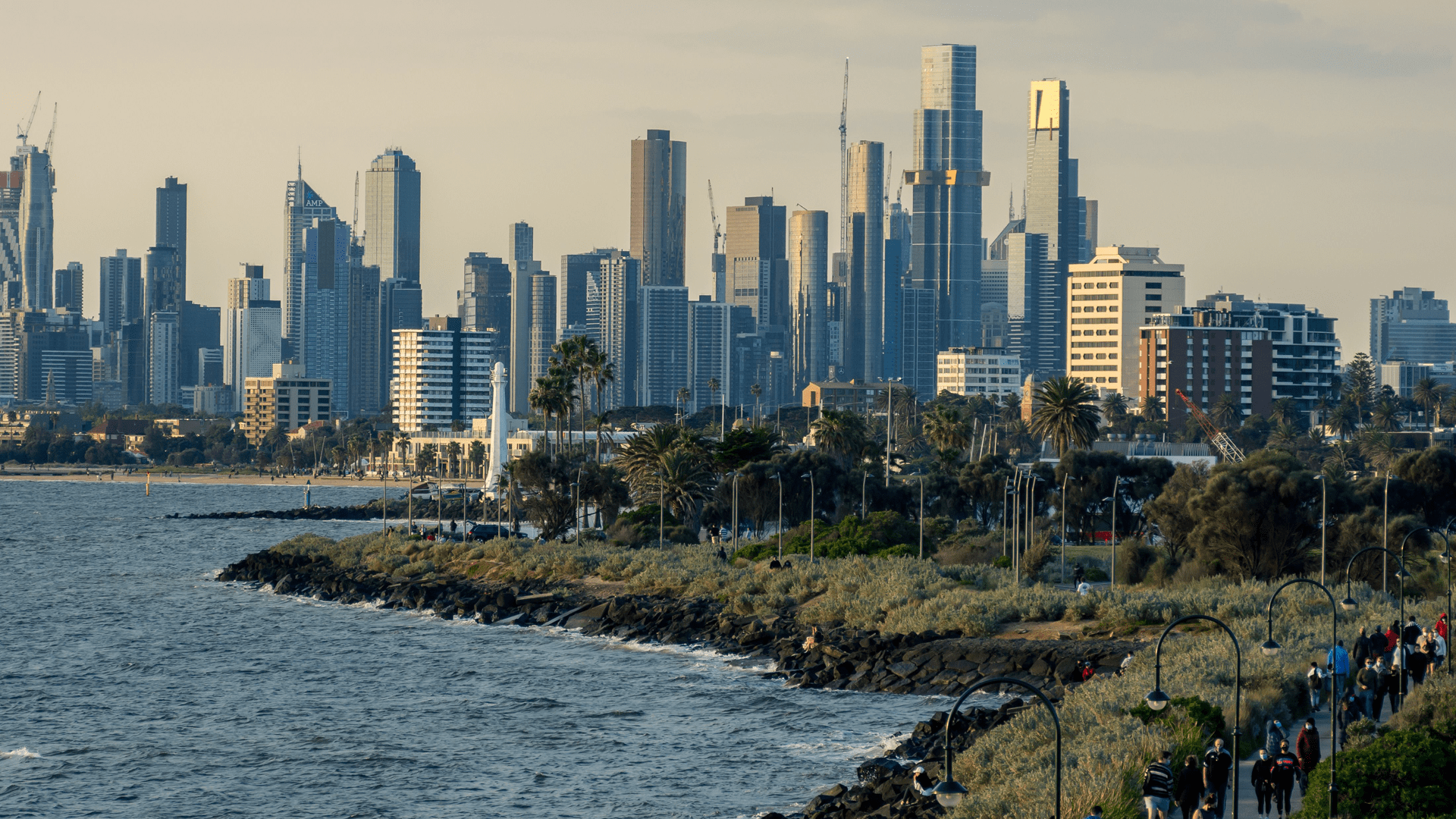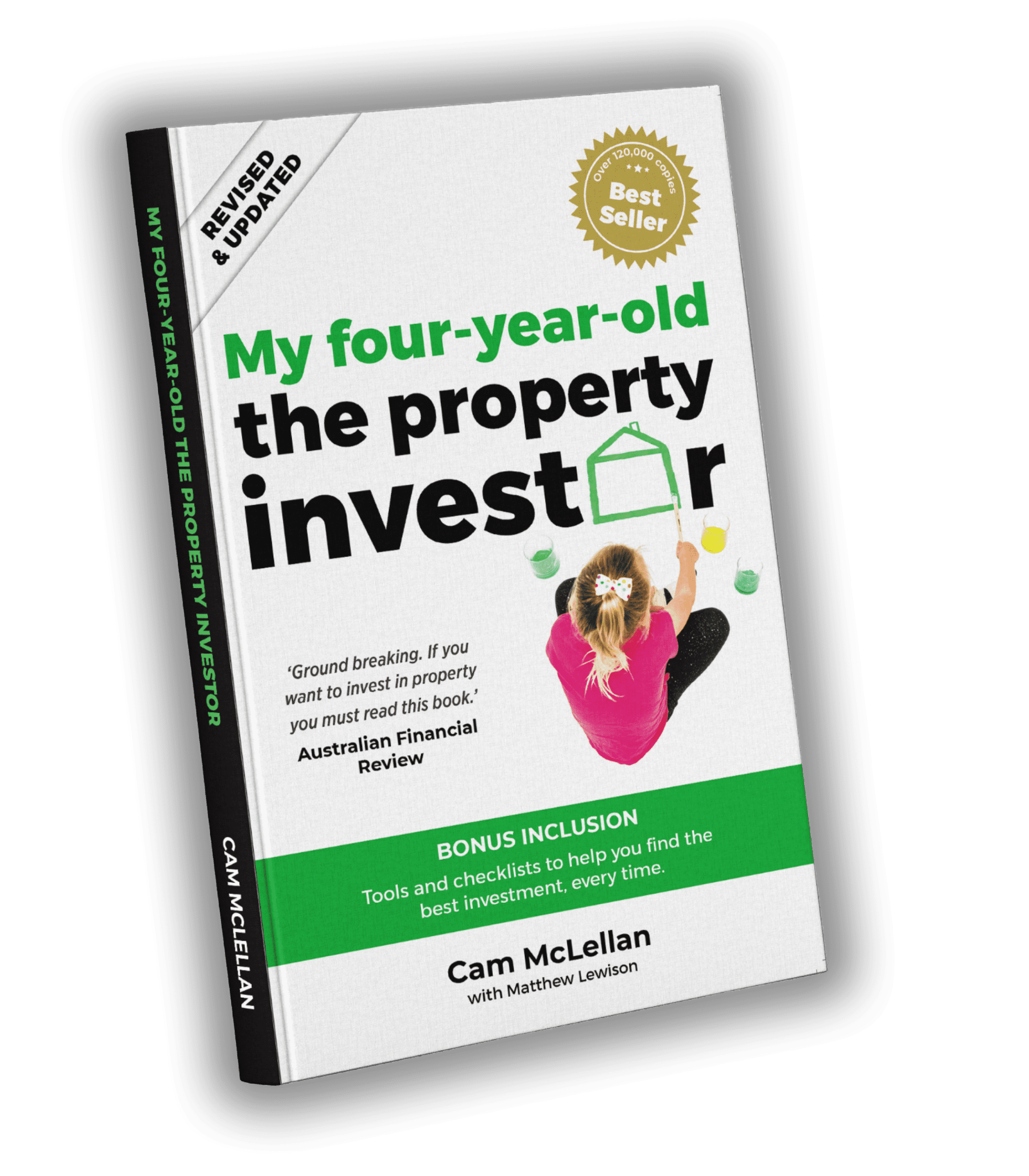Melbourne vs Brisbane vs Sydney vs Perth – which is the best market to invest in and why?
OpenCorp’s Michael Beresford discusses which of our major cities is the best-placed for property growth.
There’s a healthy rivalry between our major cities for the best place to live in Australia. Melbourne is regularly voted one of the world’s most liveable cities, but if you ask me, all the big state capitals score pretty highly on this front.
What makes a city appealing? Is it warm weather or high fashion? AFL or NRL? Sandy beaches or cool laneways?
Well, at OpenCorp we see the merits of all of them, and that’s the point. Many people want to live in Sydney, Melbourne, Brisbane or Perth, and that’s what stimulates property prices.
Supply, demand and affordability are the fundamental factors that drive property markets and determine where investors should be looking.
Sydney
Sydney is not a market where I would be investing right now. Yes, it’s a big capital city; yes, prices are going up; but when you take a narrow view on what’s happening you can miss the bigger picture.
I recently interviewed Tim Lawless, one of Australia’s leading property market analysts and commentators. He predicted Sydney would see a record house price this month, overtaking the previous peak in February, 2017. So effectively, all the positive market movement in the median house price in Sydney is just playing catch-up on the correction that happened after lending restrictions came in.
From 2013 to 2017, Sydney’s median price rose by more than 90%. I don’t have a crystal ball, and I don’t know exactly where the top of the market is, but I do know that once markets go up 90% in a five-year period, they’re close to the top of that affordability mark. Thereafter, price growth is relatively limited compared with more affordable locations.
Melbourne
Melbourne still has some good opportunities, but you need to be very selective about where you’re looking, based on supply and demand. Taking a long-term view, Melbourne’s population is forecast to overtake Sydney’s in the next 10 years, so population growth will come back.
Now is a good time to get into the Melbourne market before it really takes off, because the Melbourne market was floored by the stage 4 lockdown we had in 2020.
Brisbane
Brisbane is widely talked about as having the best growth potential over the next two or three years, which comes down to massive amounts of net interstate migration into the city. That’s based on affordability; you could buy two houses in Brisbane for the equivalent of one in Sydney.
Jobs and affordability determine where people choose to live, and the cheaper median house prices in Brisbane make it appealing right now.
Perth
Which brings us to Perth…
We’ve been watching Perth for the past three years, and just started entering the market on a case-by-case basis for clients.
There are a few things to understand about Perth. From a market cycle point of view, it’s been flat for the best part of a decade, and that means affordability is strong.
Infrastructure spending is strong, but unemployment and the vacancy rate were our two main concerns over the past three years.
Perth is a smaller capital city and heavily driven by the mining industry, making it more volatile than the three other capitals we’re weighing up.
When Perth moves, it moves very, very quickly, but it doesn’t grow for the same length of time that the other capitals do. So, provided you can get your timing right with Perth you can do very well out of it. Go in with eyes wide open, but there’s no doubt that Perth rental yields are exceptional right now.
We’re wary of creating short-term hype about property markets, but if you’ve already got exposure to the other major capital cities in your portfolio, Perth makes a lot of sense to add something to that portfolio.
Aside from the ‘big four’ cities, there’s been a lot of talk about regional centres growing like crazy, such as Hobart. I love the place – my parents are from there, and we get down to Tasmania every year – but it’s not a location I’d invest in. The lifestyle’s fantastic; affordability’s fantastic; but there isn’t the jobs growth to sustain long-term property price growth.
Hobart tends to go through a rapid growth phase every 15 years or so, and like Perth, when it moves, it moves quickly. But we prefer the main capitals with larger populations and employment opportunities.
The apparent exodus to regional towns made a really good story in the aftermath of COVID, but you need to examine those figures closely. Each year, people move from the capital cities to regional areas. In 2020, only 5,000 more people moved away from a capital city than had done in 2019 and 2018.
To put that into perspective, 17 million of the Australian population live in the major capital cities – it’s definitely not the large-scale trend the media would have you believe.
- OpenCorp’s property specialists understand the process required to give you the best chance of achieving your financial goals – visit opencorp.com.au

